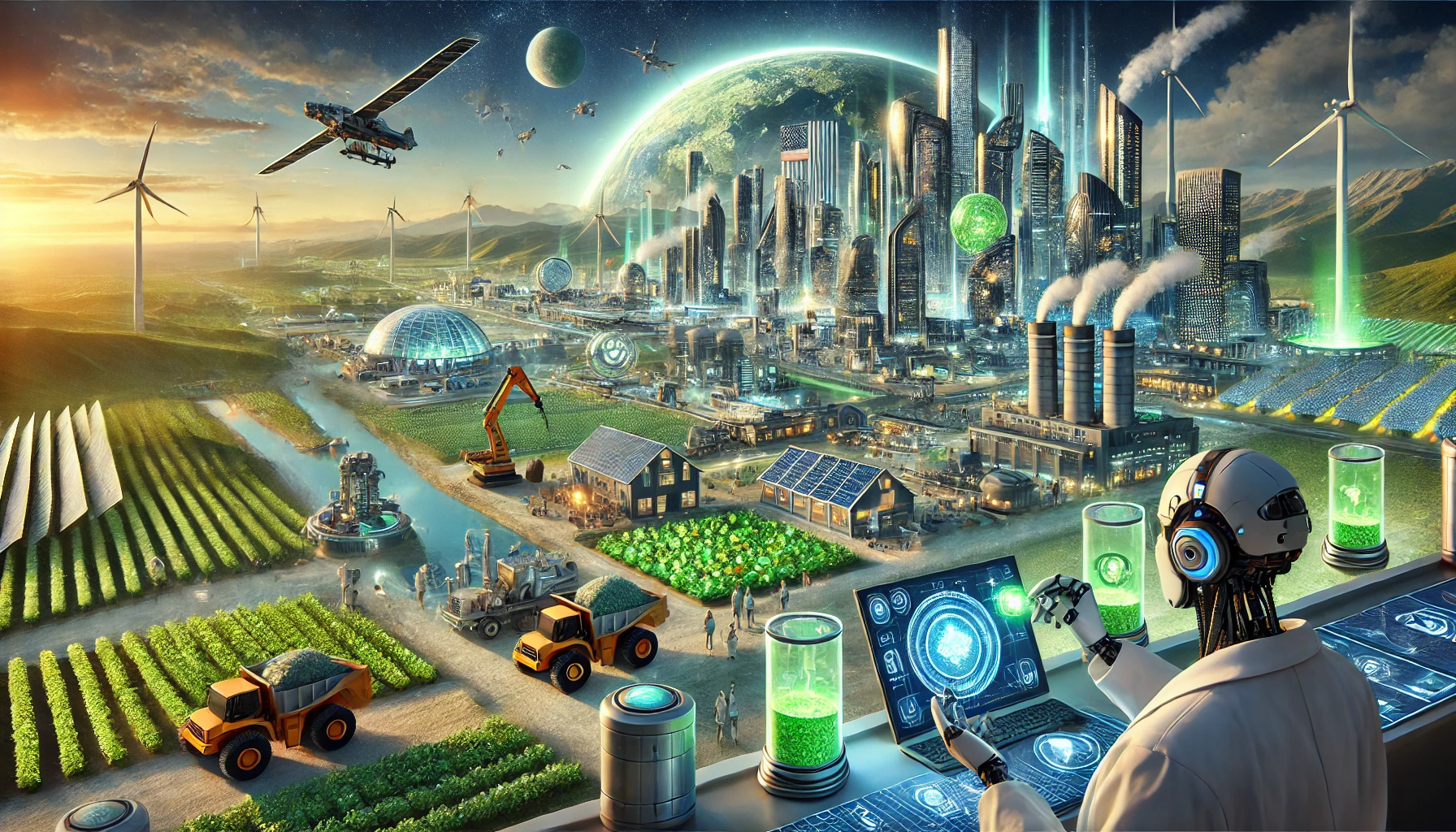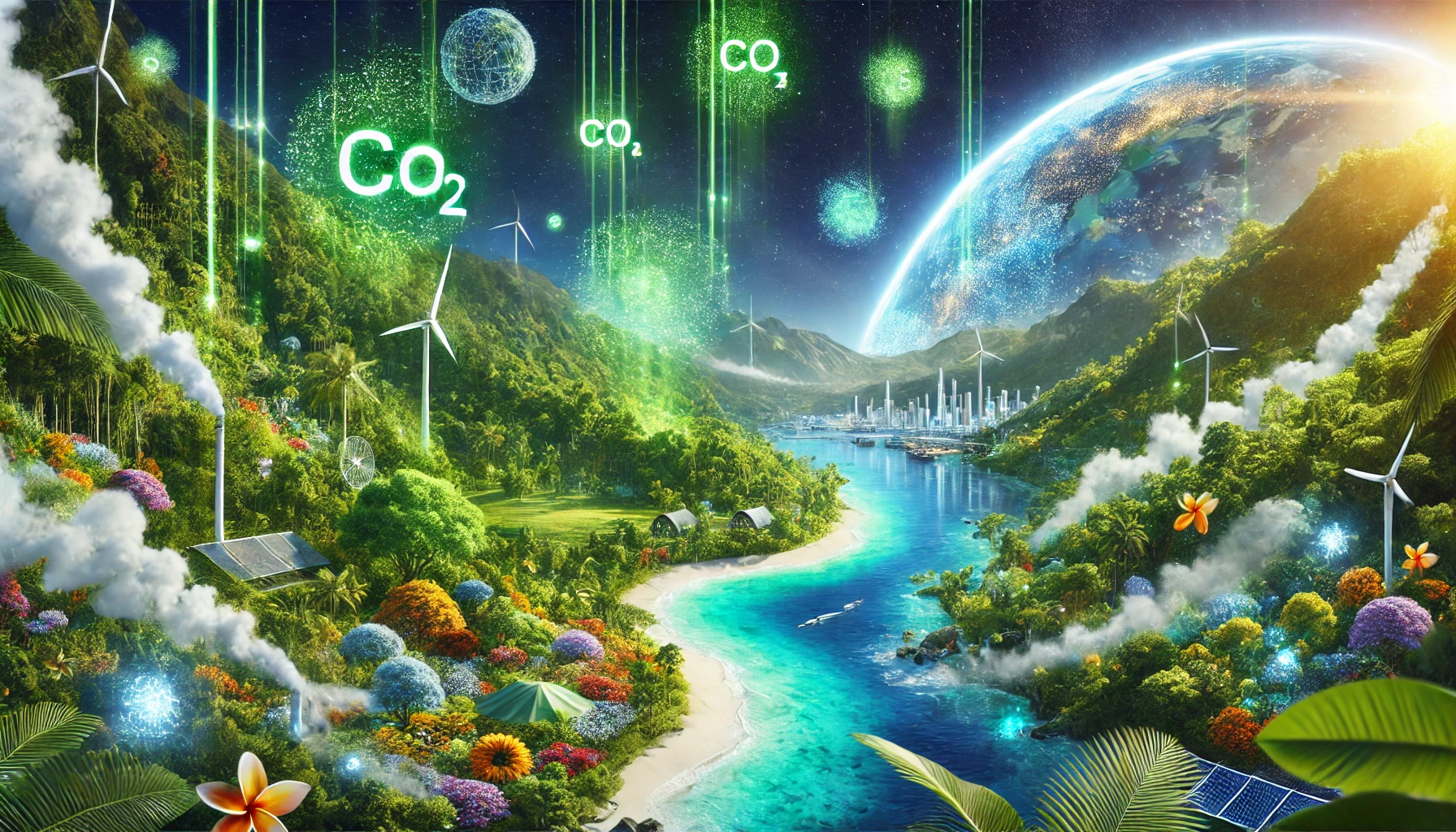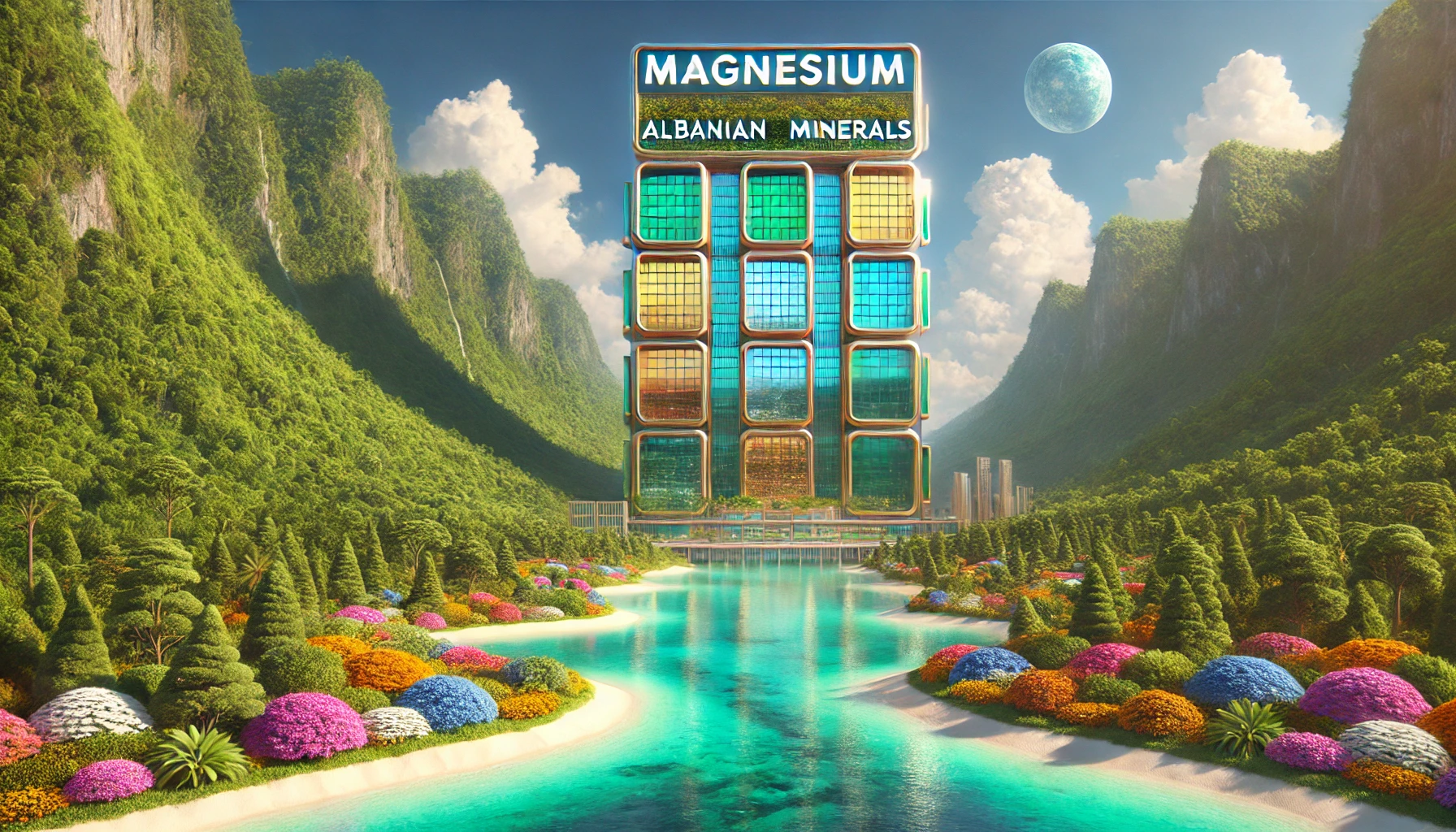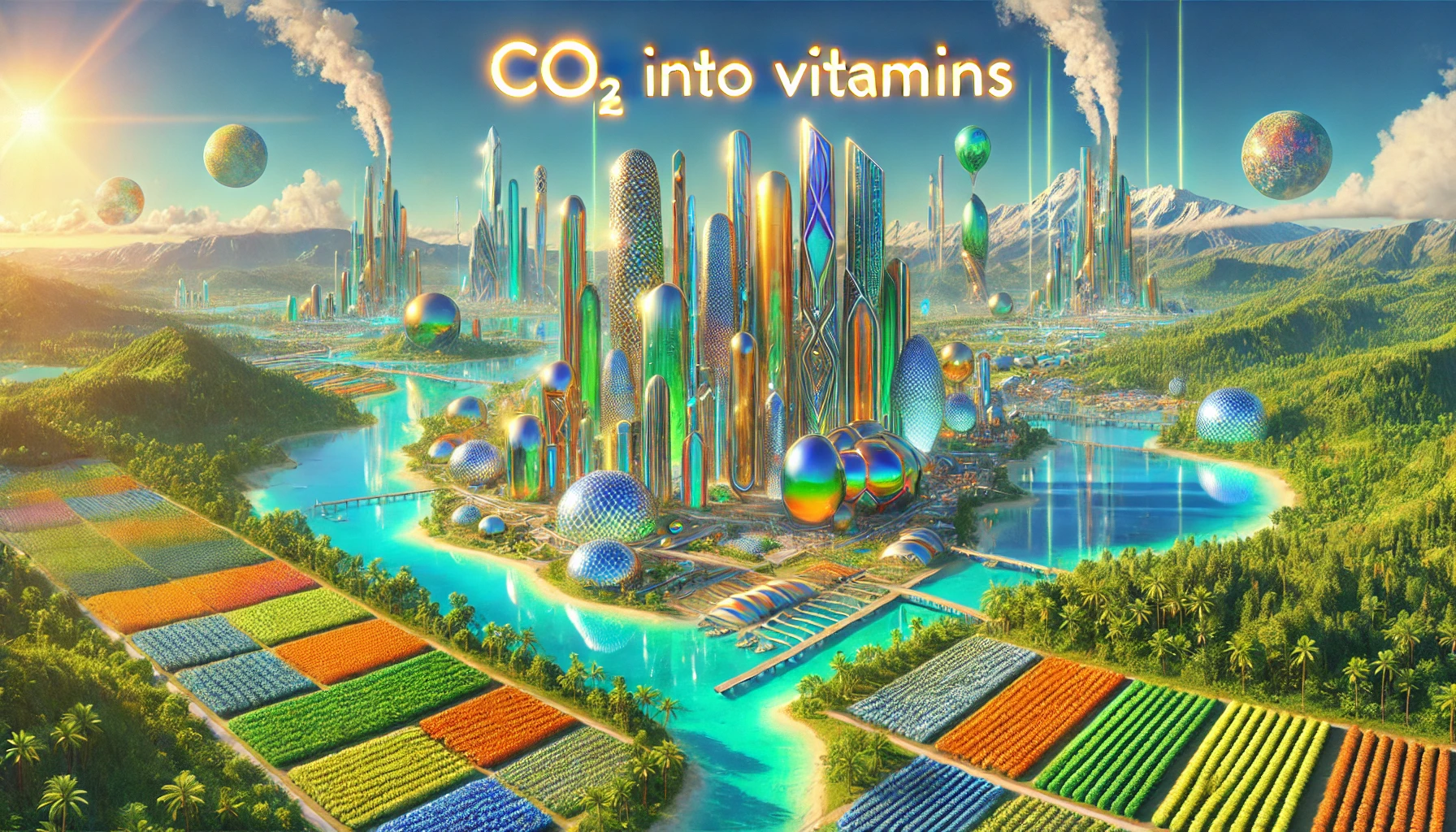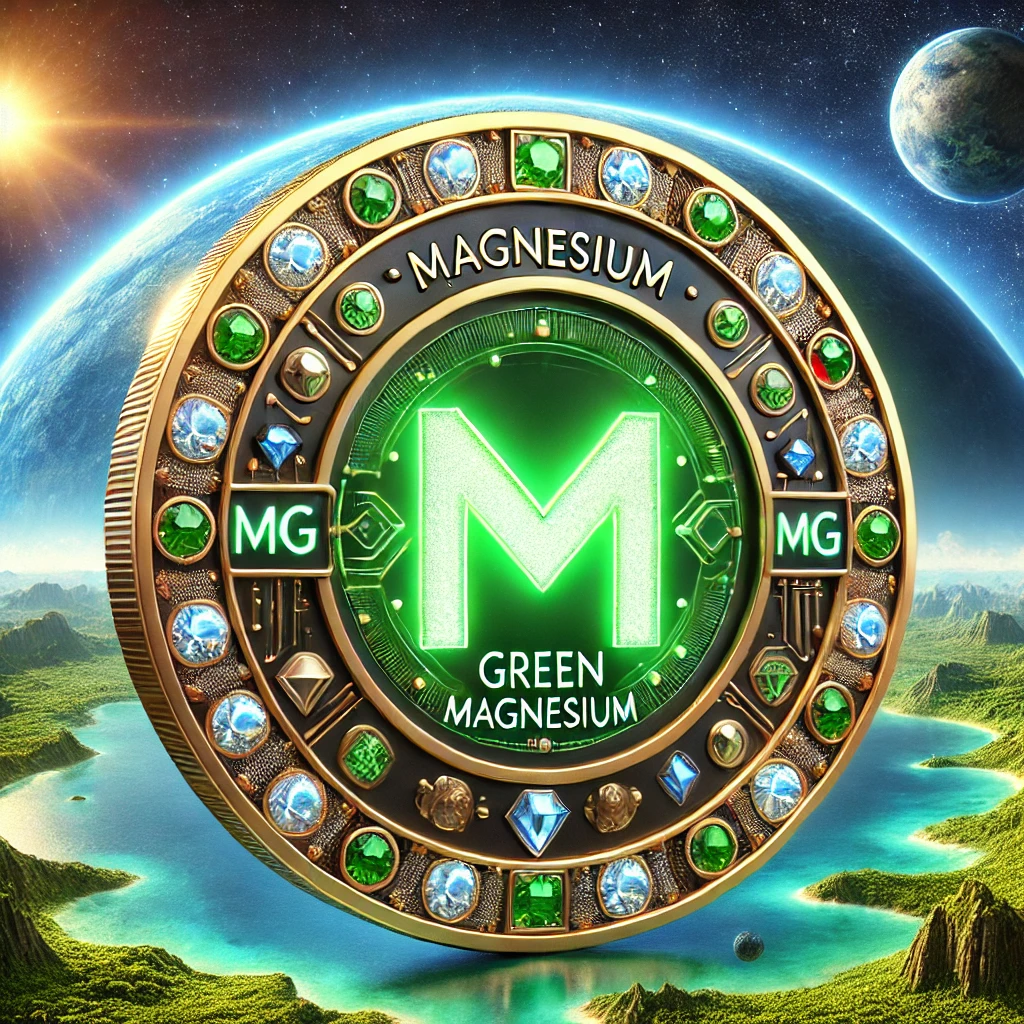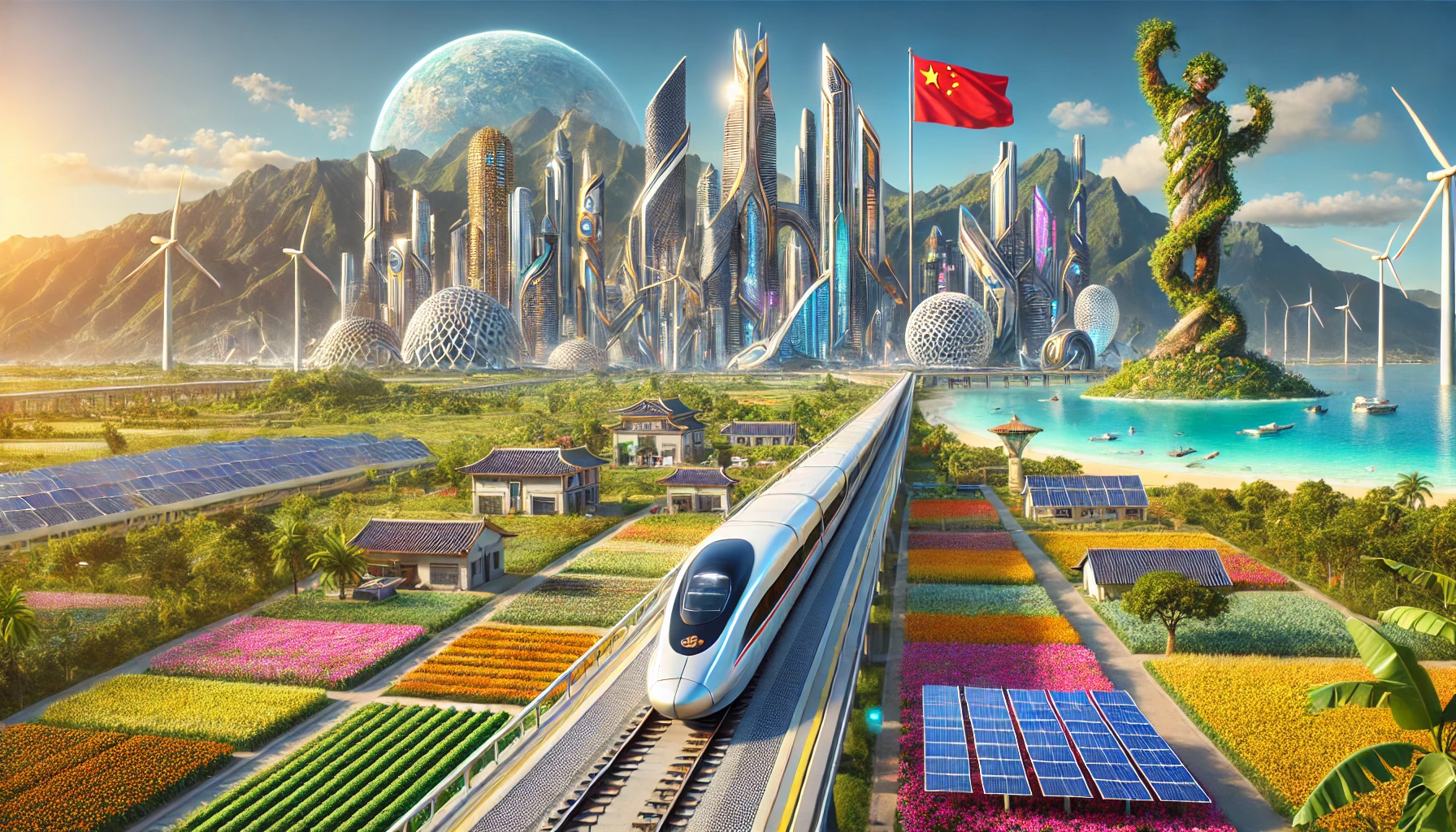
It is within this moment of possibility that Sahit Muja, the visionary leader behind Albanian Minerals, delivers a message brimming with optimism. His reflections on the mining industry’s future, as outlined in a recent report, offer a beacon of hope in an era marked by both environmental urgency and technological innovation. As the demand for minerals intensifies across the globe, the mining sector stands at the threshold of an epochal shift. With the advent of groundbreaking technological advancements and the expansion of infrastructure, we are witnessing a rising tide of need for specific minerals and metals—resources that will not only fuel our progress but will also serve as the backbone of a sustainable tomorrow.
At the heart of this transformation lies copper, a mineral whose unparalleled conductivity is the lifeblood of the electric revolution. Copper’s role stretches far and wide, from electric vehicles (EVs) to wind turbines, and solar panels to power grids. As the world accelerates its transition toward clean energy solutions, copper’s role in this movement will only deepen. Its demand, poised to surge in alignment with the urgent need for sustainable alternatives, positions it as a cornerstone in the architectural blueprint of the future.
But copper is not alone in this journey. Lithium, that precious element synonymous with energy storage, stands as the foundation upon which the green revolution is being built. The burgeoning electric vehicle market, paired with the exponential growth of renewable energy systems, ensures that lithium’s value will soar in parallel with the world’s commitment to decarbonization. Cobalt, too, is finding its place at the table, indispensable to the battery sector, while nickel—often overshadowed—holds the key to high-performance energy storage systems, particularly in electric transportation. The prospect of carbon-negative nickel further amplifies its potential, offering a new frontier in the quest for sustainable mining practices.
Yet it is the rare earth elements (REEs), once relegated to the periphery, that are now thrust into the limelight. Neodymium and dysprosium, elemental to the functioning of modern electronics, renewable energy systems, and EV development, are set to experience an explosive demand surge. Their scarcity, a defining characteristic, elevates their strategic value, positioning them as the linchpins of a new industrial era. As their role in driving progress becomes increasingly clear, these minerals will not only define the technological landscape but will also play a central role in shaping the geopolitical dynamics of the coming decades.
In addition to these metals, elements like aluminum and magnesium, renowned for their strength-to-weight ratios, are poised to revolutionize industries ranging from aerospace to automotive and construction. The world’s increasing demand for energy-efficient, lightweight solutions ensures that these materials will continue to play a crucial role in shaping the contours of tomorrow’s technological environment. Graphite, similarly, is experiencing a surge in demand, with its integral function in EV batteries securing its place in the spotlight. The platinum group metals (PGMs), including platinum, palladium, and rhodium, remain indispensable in the automotive sector, where their catalytic properties drive innovations in emissions-reducing technologies.
Silver, with its exceptional conductivity, is making strides in solar power systems, while gold retains its status as both a symbol of stability and a key player in industrial applications. Uranium, once the subject of contention, is now emerging as a key component in the global pursuit of low-carbon energy, propelled by a renewed interest in nuclear power. Similarly, chromium and manganese, vital to steel production and increasingly relevant to battery technology, will maintain steady demand as infrastructure development accelerates alongside the expansion of green mobility solutions.
Yet, amid this promising surge in demand, the world faces an undeniable gap—the challenge of securing the resources that will drive this revolution. The mining industry finds itself at a crossroads, tasked with bridging the divide between demand and availability. The Securing Minerals for the Energy Transition initiative highlights this disparity, underscoring the necessity for strategic interventions to ensure a stable, sustainable supply of these critical resources. The challenge, however, is not simply one of availability; it is a call to action to redefine how we approach the extraction and use of these minerals.
In a world increasingly defined by sustainability, the mining sector must embrace innovative practices that align with the broader goals of environmental stewardship. This is particularly urgent as the competition for rare earth elements intensifies. As global powers vie for control over these vital resources, the United States and other nations must broaden their perspectives, seeking not only new sources of supply but also fostering a diversified ecosystem that minimizes dependency on any one producer, particularly China, which currently dominates the rare earth market.
At the heart of this transformation lies the promise of international collaboration. In a world where the interconnectedness of industries is undeniable, nations must come together to forge sustainable, responsible mining practices that protect both the environment and the communities that depend on these resources. As Sahit Muja eloquently asserts, the extraction of critical minerals must not come at the expense of the very planet these technologies aim to preserve. The challenge is not merely to extract and produce, but to do so with a mindfulness toward sustainability that will ensure the longevity of these resources for generations to come.
As we look to the horizon, the forecast for the electric vehicle sector shines brightly, its growth fueled by ambitious climate goals and transformative technological breakthroughs. With the soaring demand for nickel, the spotlight turns to the minerals that will power this revolution. The need for innovation in battery storage solutions, spearheaded by companies like Tesla, underscores the importance of scaling up production in an environmentally responsible manner. The success of this endeavor hinges not only on the resources at hand but on the ingenuity that will drive their extraction and application in ways that are both ecologically and socially responsible.
In the final analysis, the path forward is clear. The minerals and rare earth elements we mine today are the keys to the clean energy technologies of tomorrow. They are the linchpins in a global transition toward a more sustainable future, one in which innovation, resilience, and environmental stewardship are paramount. As Sahit Muja aptly notes, the future of the mining industry is not just about extraction and supply; it is about shaping the trajectory of our collective future. As we move toward 2025 and beyond, the mining sector stands at the heart of this transformation, poised to play an essential role in ushering in a new era of sustainable progress, green technologies, and global collaboration. The metals and minerals we rely on today will illuminate the path toward a brighter, more sustainable tomorrow.






